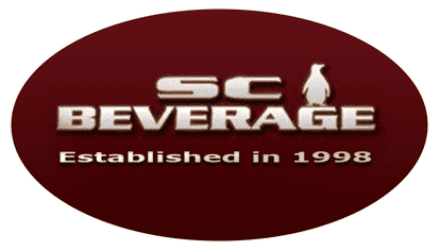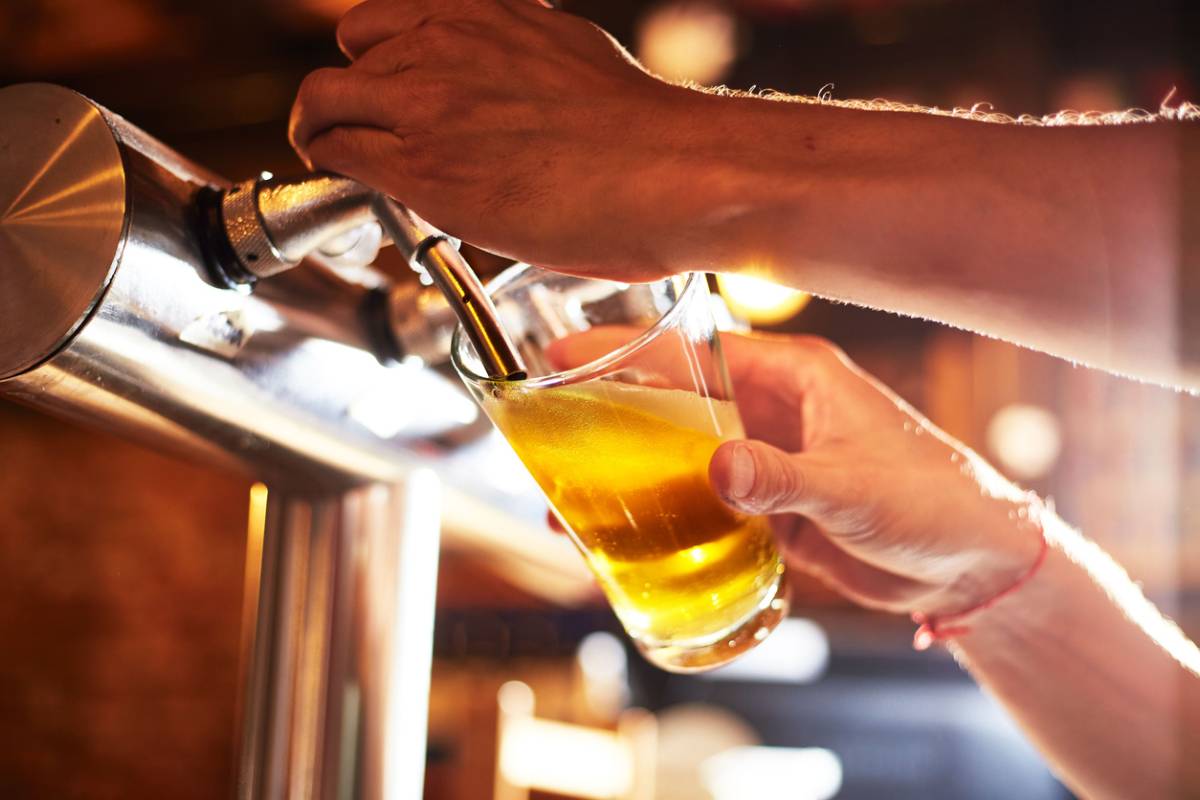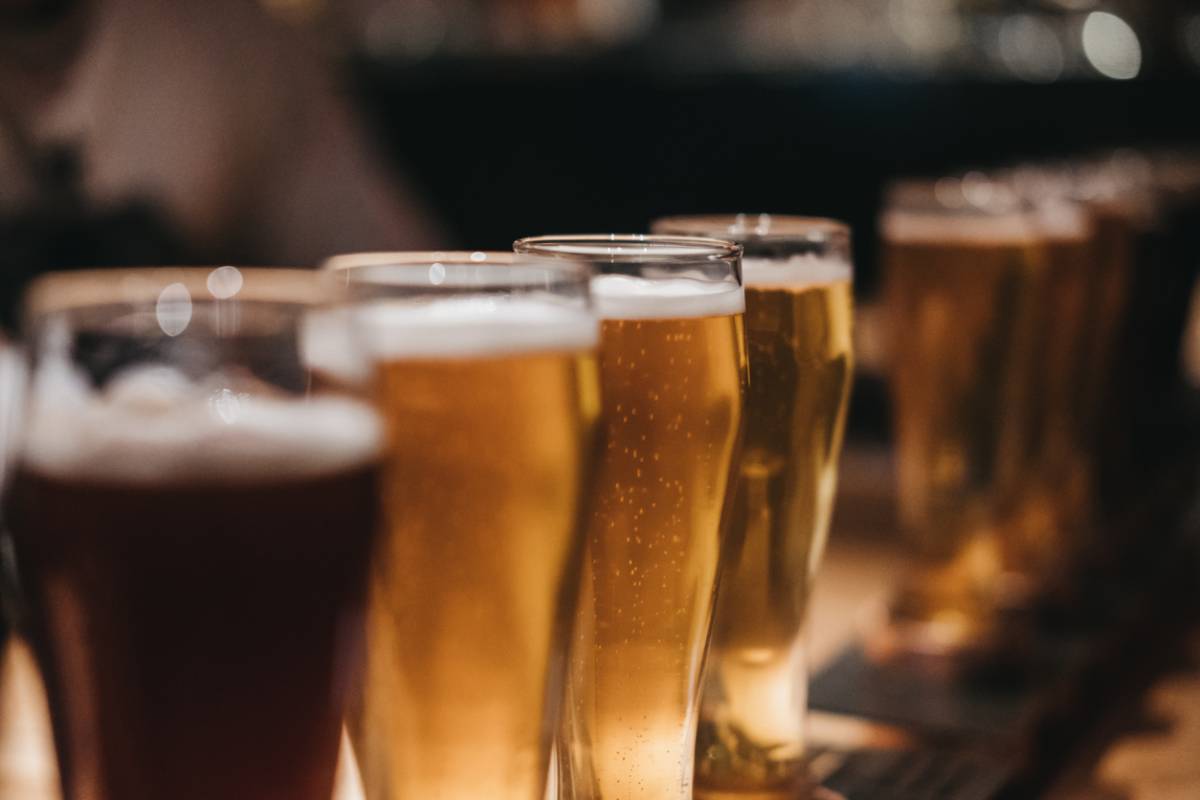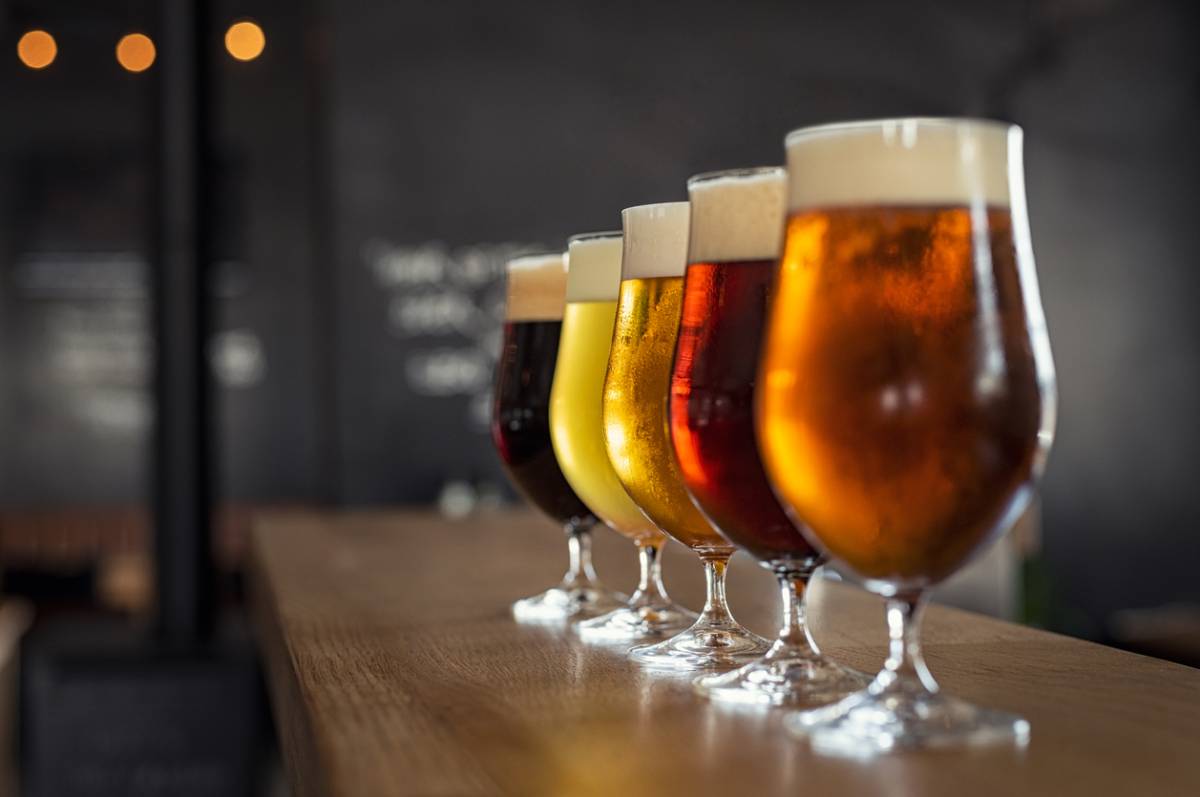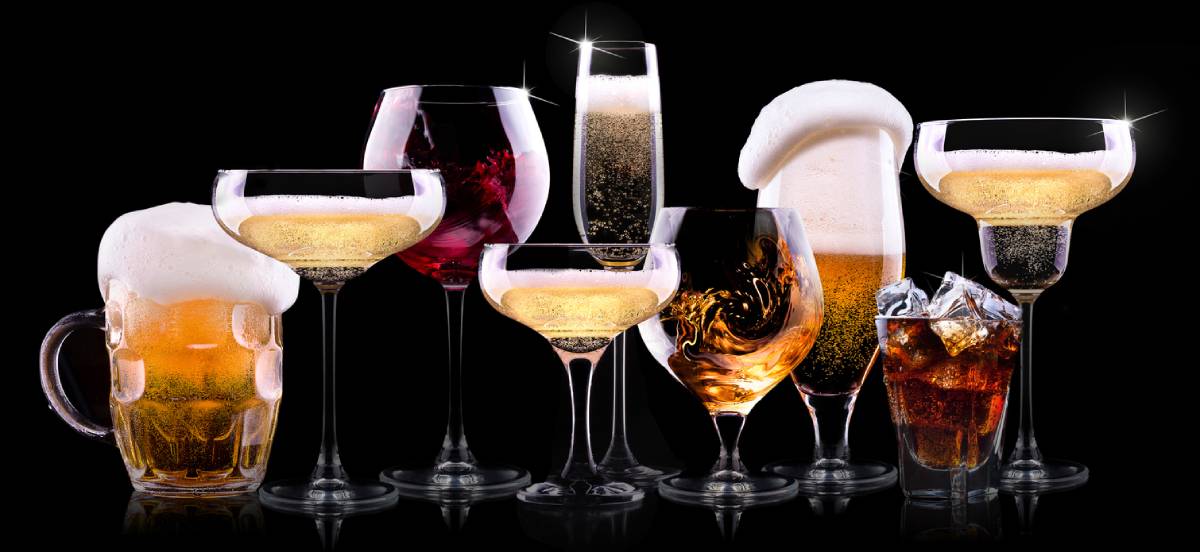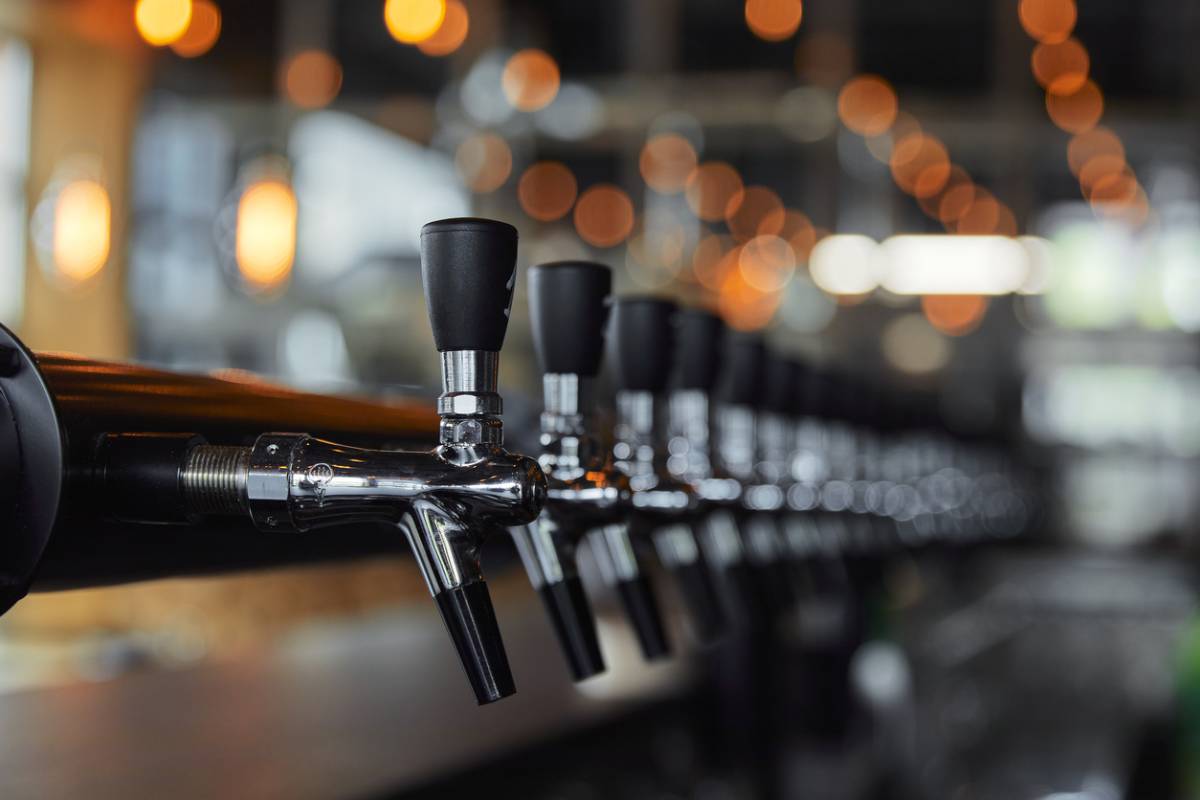Bars are something many Americans frequent on the weekends, after work, or to watch their favorite sports team. A major part of a successful bar business is having a wide variety of drinks on tap. As with any aspect of running a business, you can run into issues. A common issue bar owners face is beer tap system issues. Below, you will find helpful information on beer tap system troubleshooting. These tips will ensure that your customers are happy with their favorite beer in hand.
Beer tap system troubleshooting
Depending on the specific beer tap issue you are facing, there are a number of possible solutions. Consider these tips if you run into any of the following beer tap problems.
Keg Will Not Pour:
If your keg is not dispensing beer, this can be a serious problem. Patrons want beer on tap fast and refills as needed. Pour issues with your keg can be for a number of different reasons. Common reasons include an empty keg, an empty gas cylinder, or your ket may have been incorrectly tapped. Still, in some cases, your gas may be turned off, or your beer lines may be frozen. Run through this list before you call for maintenance, as you may be able to solve the problem yourself.
Foamy Beer:
Nobody wants to drink beer that is too foamy. While this is a common problem, it’s a pretty easy fix. Common reasons you may have foamy beer include the draft cooler being too warm, the beer lines being too warm or too cold, or there is too much pressure in your system. In addition, there may be an issue with your beer being improperly dispensed, or the taps being dirty, or just malfunctioning overall. Be sure to check your tap lines, as any damage or obstruction can mess with the quality of your beer.
Flat Beer:
Customers want fresh beer from the tap for a reason. If your beer is coming out flat, you can usually fix the issue pretty easily. Common reasons the beer comes out flat include an obstruction in the tap lines, not enough pressure in your system, or that you are using an air compressor for pressure. Be sure to also check that your beer isn’t too cold and that the glasses have been properly cleaned. Run through this list, as the issue will likely resolve pretty quickly. If it doesn’t, consult with a beverage equipment supplier for support.
Poor Tasting Beer:
Bad-tasting beer, especially from the tap, can tank your business. Customers want a beer that is both fresh and tastes refreshing. Common reasons your beer tastes bad include dirty beer lines or faucets, warm keg or beer lines, contaminated gas cylinders, or issues with the beer lines not being properly flushed between kegs. Be sure to also check that you aren’t serving old beer and that the glasses are properly cleaned. This issue is pretty easy to resolve. Be sure to schedule regular maintenance on your beer dispensing equipment to ensure it doesn’t happen again.
Cloudy Beer:
A great beer should have a 1-inch head and be carbonated yet clear. Cloudy beer can be unappealing and make your customers look at you sideways. Some beers are meant to be cloudy, but if they aren’t, consider checking your tap system to address the issue. Still, common reasons beer may be cloudy include inadequate cleaning of the beer lines or taps. It may also be due to pressure source contamination or over-chilled beer in the beer lines or keg. Run through each of these potential solutions to address the issue. If your beer is still cloudy, you may need to contact an equipment supplier for help.
